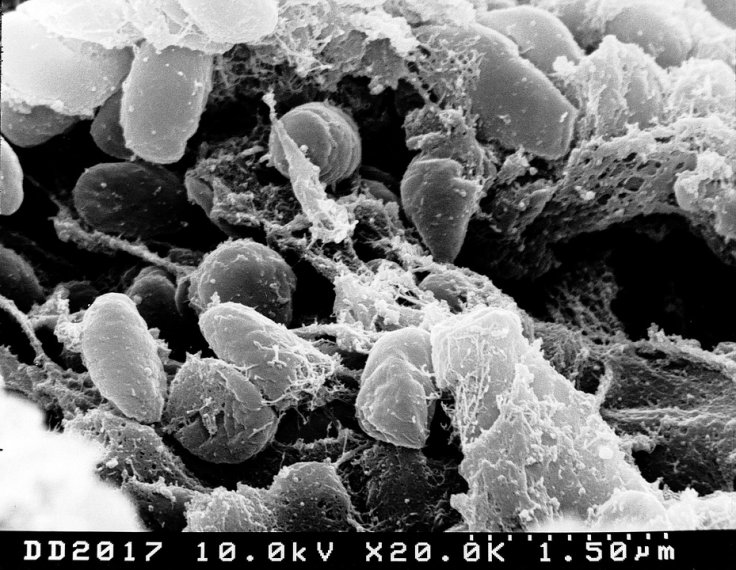Reports of plague have been confirmed in animals and fleas from six counties in Colorado after a 10-year-old died from causes associated with the disease. The girl is the first to die of plague in Colorado since 2015 and her death is being described as 'tragic but exceedingly rare'.
The plague has been confirmed in the Colorado counties of La Plata, Adams, Boulder, El Paso, Huerfano and San Miguel, according to the Daily Mail. Health officials in Colorado are asking people to take precautions and warned that the plague can turn serious.
While It's Rare for Humans to Contract the Disease, Health Officials Warn That it Can Turn Serious
On July 22, the Colorado Department of Public Health & Environment (CDPHE) announced the rise of laboratory confirmed cases among samples of fleas and animals, which is not unusual during this time of year, reported HuffPost.

"In Colorado, we expect to have fleas test positive for plague during the summer months," said Jennifer House, deputy state epidemiologist and public health veterinarian for CDPHE. "While it's rare for people to contract plague, we want to make sure everyone knows the symptoms."
10-year-old Girl Dies Due to Plague
One of the six counties with confirmed plague is LaPlata County, where a 10-year-old resident died from causes associated with plague. The identity of the girl, a fourth grader at Sunnyside Elementary School in Durango, La Plata County, has not been disclosed, reported Metro. She died on July 5.
Girl, 10, dies from the plague as cases confirmed in six Colorado counties https://t.co/54550alYFy
— Daily Mail Online (@MailOnline) July 23, 2021
The fourth grader's death was the first fatality related to the plague in Colorado since 2015. 'We are so sad for the loss of this young Coloradan and our deepest condolences go to the family,' said Dr Jennifer House of the health department.
What Causes the Plague?
The plague is contracted by bacteria that can be transmitted to humans mainly through fleas, or from direct contact with infected animals. Symptoms include fever, chills, headache, feeling weak and painful, swollen and tender lymph nodes, according to the Centers for Disease Control and Prevention.
Plague is usually treatable with antibiotics. But if not treated in time, the infection can spread to other parts of the body, according to CDC.
The disease can take different clinical forms but, according to the CDC, the majority of cases in the US have been the bubonic form, which can cause swollen and painful lymph nodes closest to where the bacteria entered the body.

Are We Going Back to the Dark Ages?
Once known as the "Black Death," plague killed millions of people during the Middle Ages, reported The Daily Beast. Historically, plague is known for having killed an estimated 50 million people in Asia, Europe and Africa in the 14th century.
In recent decades there have been an average of seven cases in humans each year in the US, according to the Centers for Disease Control and Prevention, with the majority of cases occurring in northern New Mexico, which borders Colorado.
In May, a squirrel in El Paso County, Colorado tested positive for plague. Two people in the state became infected with plague last year after having close contact with sick animals but survived, according to The Denver Post.









